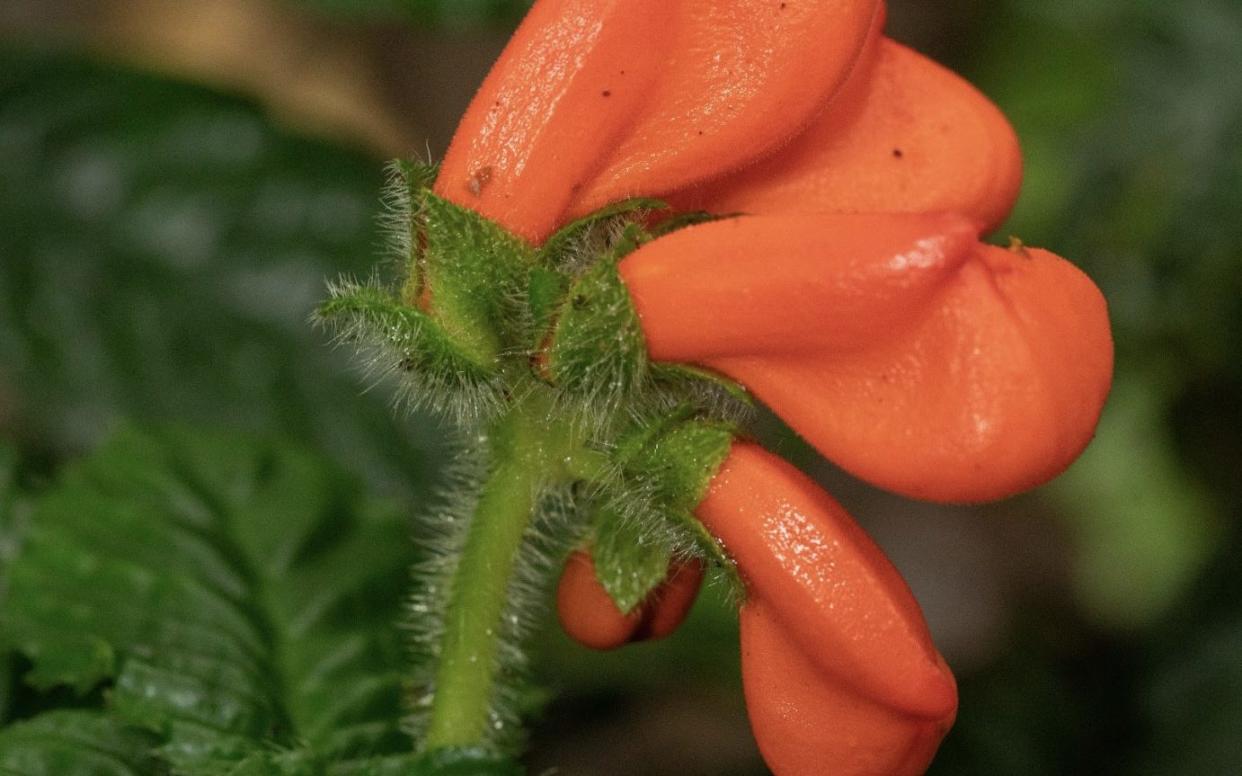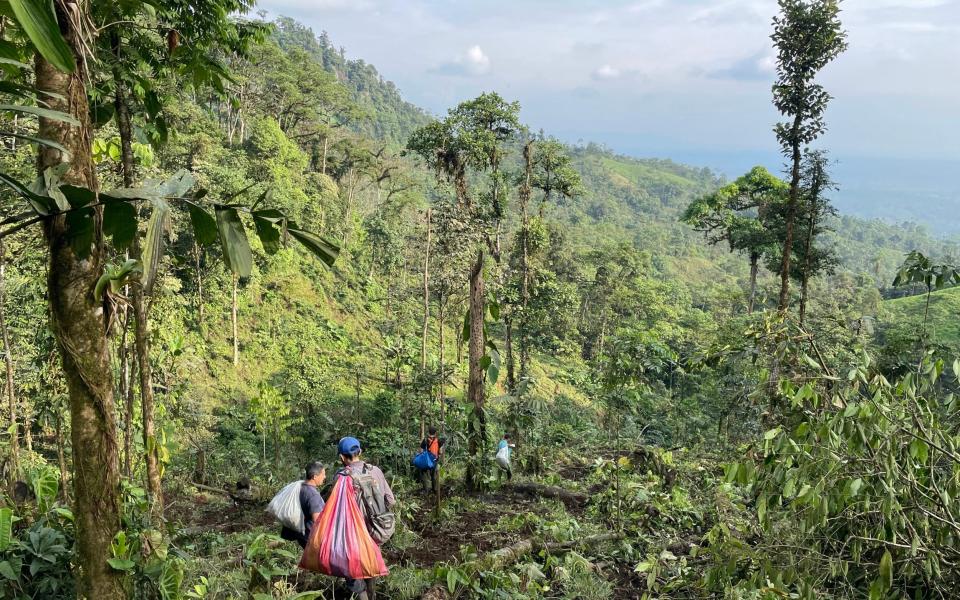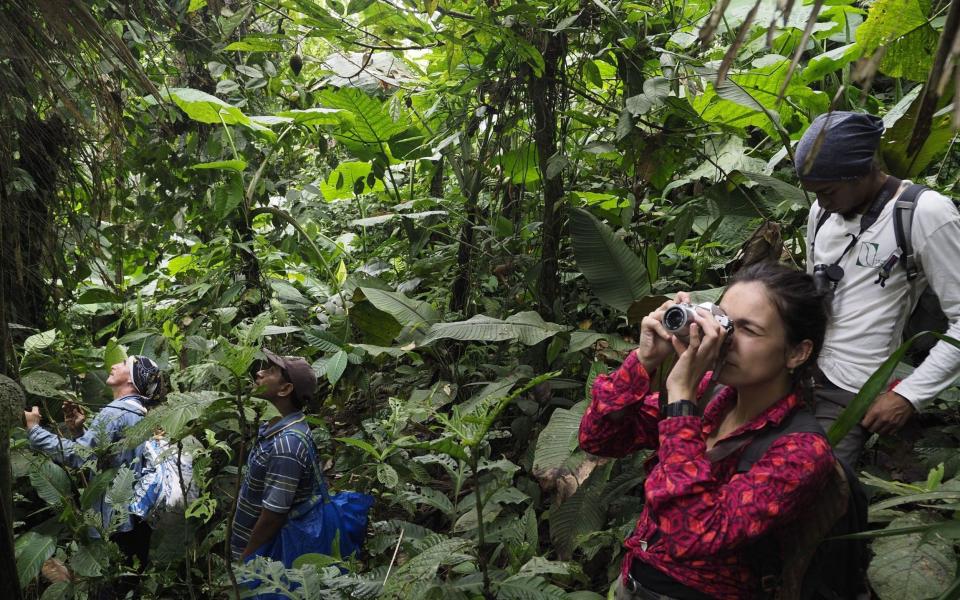Meet the extinctus, a flower found alive after being presumed dead for decades

A rare wildflower thought to have died out decades ago has been found alive after just a few hours of searching.
Botanists were so convinced the South American plant had ceased to exist that they named it “Gasteranthus extinctus” – or “extinct bellyflower” – prompting scientists to issue a fresh warning against labelling plants as conclusively extinct.
Experts said assuming species are lost forever stops people from hunting for them, even though they may be still flourishing in remote corners of the world.
The rare little flower was found by a team from the Chicago Field Museum who were exploring the foothills of the Andes in Ecuador, searching for lost species.
“Extinctus was given its striking name in light of the extensive deforestation in western Ecuador,” said Dr Dawson White, a postdoctoral researcher at the museum and co-lead author of the paper.
“But if you claim something’s gone, then no one is really going to go out and look for it anymore. New species are still being found, and we can still save many things that are on the brink of extinction.”
Gasteranthus extinctus is a small forest floor-dweller with flamboyant neon orange flowers and lives in a region of Ecuador called the Centinela Ridge.

Its name comes from the big pouch on its underside which has a small opening at the top where pollinators can enter and exit.
The flower was first discovered in the early Eighties, but by the time scientists named it in 2000, they were convinced it was already extinct.
By then, the Centinela ecosystem had suffered devastating deforestation, with 97 per cent of the forest felled and converted to farmland and banana plantations.
The damage was so extensive that E O Wilson, the renowned American biologist, coined the phrase “Centinelan extinction” to describe the phenomenon of organisms instantly dying out when their habitat is destroyed.
Nigel Pitman, an ecologist and conservationist from the Field Museum, said: “Centinela is a mythical place for tropical botanists, but because it was described by the top people in the field, no one really double-checked the science.
“No one went back to confirm that the forest was gone and those things were extinct.”
The team trawled through satellite images of the Centinela Ridge to identify which parts of the rainforest were still intact.

“It was my first time planning an expedition where we weren’t sure we’d even enter a forest,” added Mr Pitman.
“But as soon as we got on the ground, we found remnants of intact cloud forest, and we spotted G extinctus on the first day, within the first couple hours of searching.
“We didn’t have a photo to compare it to. We only had images of dried herbarium specimens, a line drawing, and a written description, but we were pretty sure that we’d found it based on its poky little hairs and showy ‘pot-bellied’ flowers.
“Finding G extinctus was great, but what we’re even more excited about is finding some spectacular forest in a place where scientists had feared everything was gone.”
The team sent photos to a taxonomic expert who confirmed that the flowers were Gasteranthus extinctus.
The plant will keep its name because biology’s code of nomenclature has strict rules around renaming an organism, meaning it cannot be changed.
The team is now working with Ecuadorian conservationists to protect the habitats where the remaining flowers live.
The discovery of the flower was published in the journal PhytoKeys.

 Yahoo News
Yahoo News 
